AdWords changes in 2016

With the holiday season just around the corner, what improvements have Google made to AdWords in 2016 to help advertisers really make the most of the busiest time of year?
Below is a summary (in chronological, then in priority order) of the more important changes rolled out between January and September in 2016, these include SERP changes, ad innovations, account management & reporting, and enhanced targeting options.
- January: Custom columns (Account management & reporting)
- February: Removal of right hand side ads (SERP changes), Campaign drafts and experiments (Account management & reporting)
- April: Local search ads (Ad innovations)
- May: Customer match similar audiences (Enhanced targeting options)
- July: Expanded text ads and price extensions (Ad innovations)
- September: Cross device retargeting (Enhanced targeting options), Campaign groups and performance targets (Account management & reporting)
Removal of right hand side ads (SERP changes)
Since the AdWords program started in 2000, ads have been served above and to the right of organic/natural results, in February 2016 this changed with Google removing all right hand side ads.
This change caused some concern within the industry, with advertisers predicting a drop in impressions with an increase in costs.
With fewer ad positions available it follows that impressions have decreased, however CPCs have remained relatively static with some advertisers actually seeing a decrease.
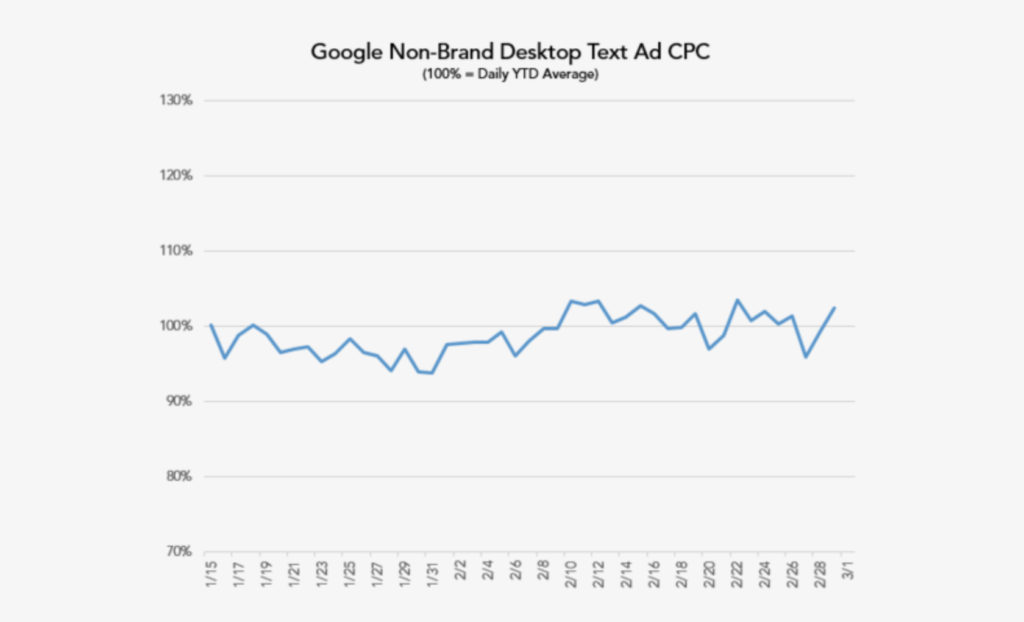
Even the ‘losers’ (terms in historically low positions) – although having to pay more per click – have seen significant improvements in CTR, mitigating some of the negative impact this change has caused.
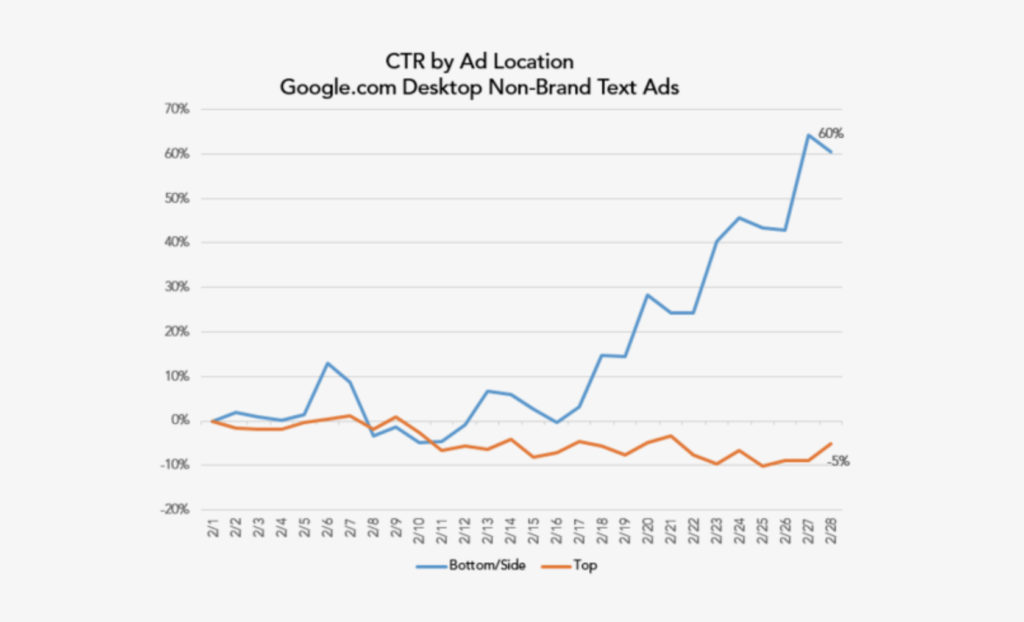
The big ‘winners’ were PLAs – with the product ads appearing at the top of the SERP more frequently than before the change. Combined with the increase in non-brand click share (on desktop), this makes a compelling case for any e-commerce advertisers not already using PLAs to start doing so.
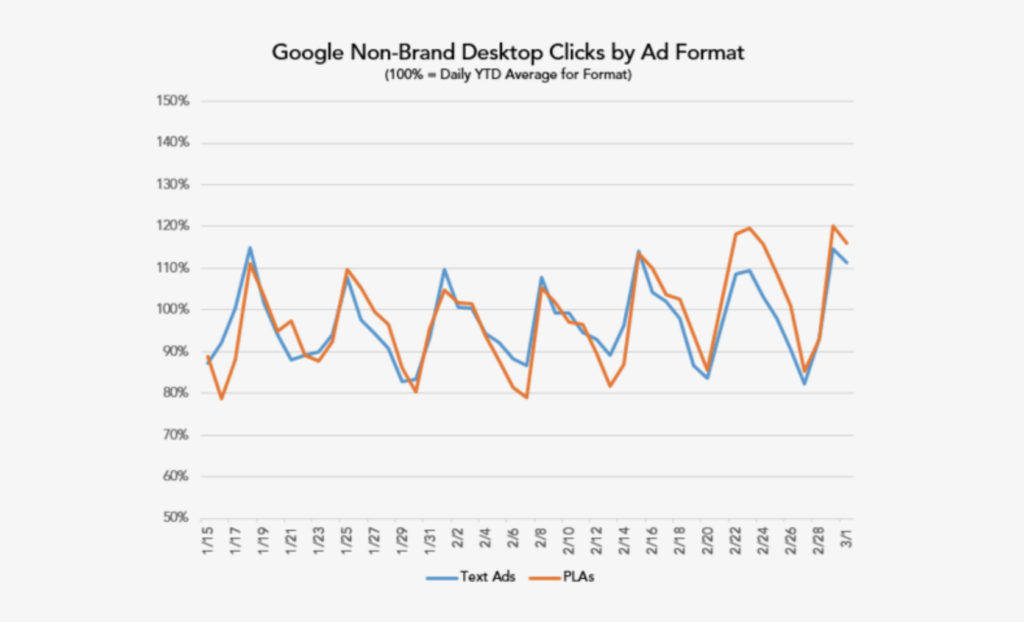
(Source: Merkle)
Expanded text ads (Ad innovations)
July saw one of the biggest changes of the year (on par with the removal of the right hand side ads in February) with the introduction of Expanded Text Ads. The change increased the ad text available by nearly 50%, with the addition of a second headline and the merging of the two 35-character description lines into one 80-character line.
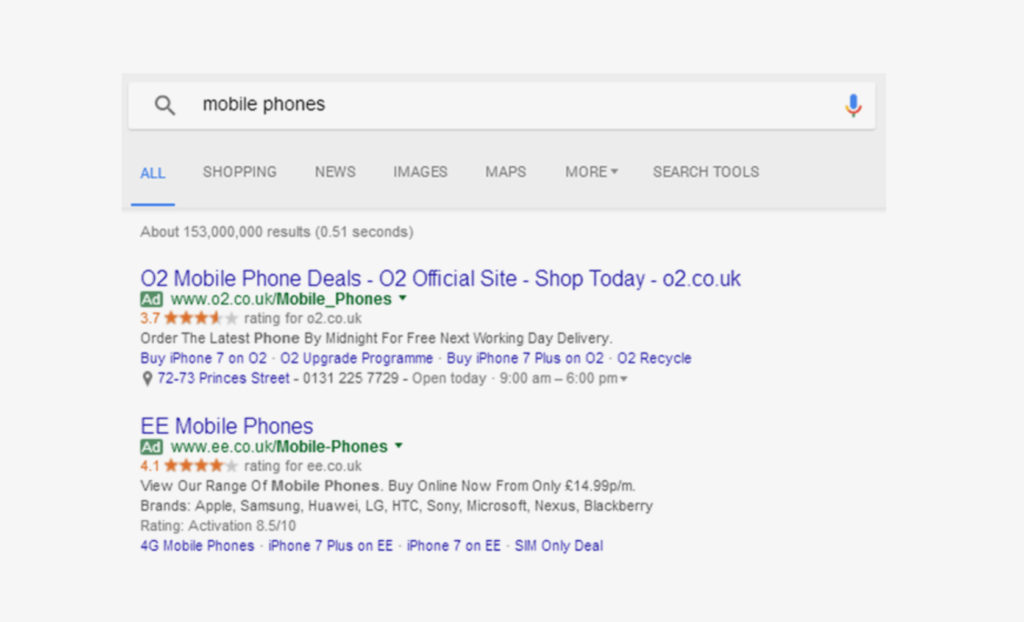
Expanded vs Standard Text Ads
This increase in ad text meant that organic results would be ‘pushed’ further down the SERP, and with the changes to the headline text, paid and organic listings now look very similar (albeit paid results are still marked with the green ‘Ad’ label).
Advertisers can now call out more USPs, make CTAs more appealing and – with the emergence of even more search specific ad extensions – leave customers little choice in which listing they should click.
With mobile surpassing desktop in terms of searches, these expanded text ads also optimized for the screens of most popular smartphones allowing advertisers to provide even more information before they click an ad (further pre-qualifying potential customers before the advertiser is charged).
Early success stories across multiple verticals & industries (from Google) indicate a significant increase in both CTR and conversion rate when compared to compared standard text ads. Merkle’s Q2 2016 Digital Marketing Report highlights the disparity between performance improvements for non-brand v brand traffic.
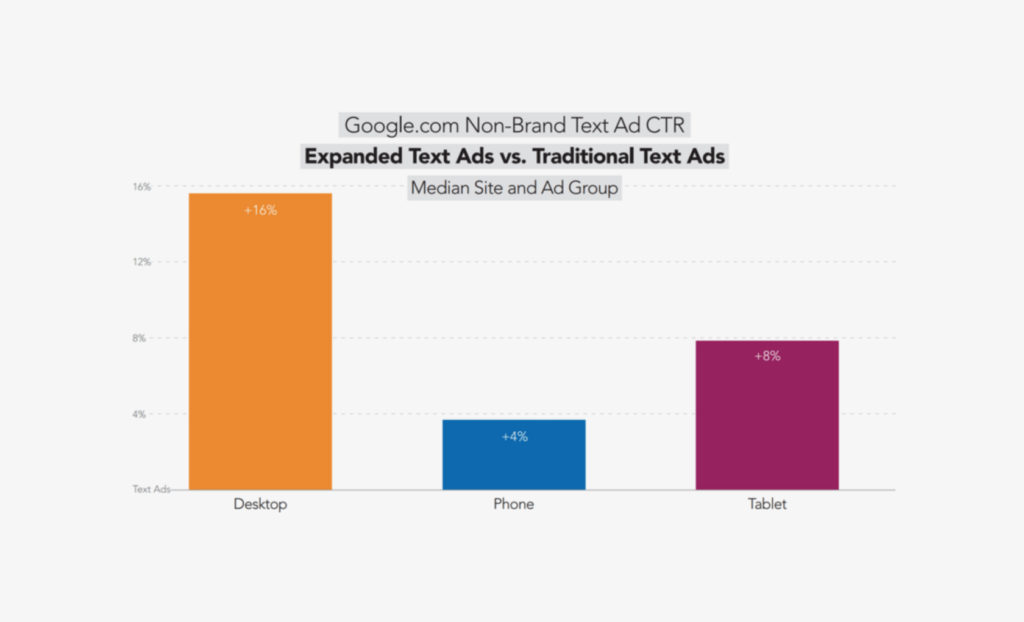
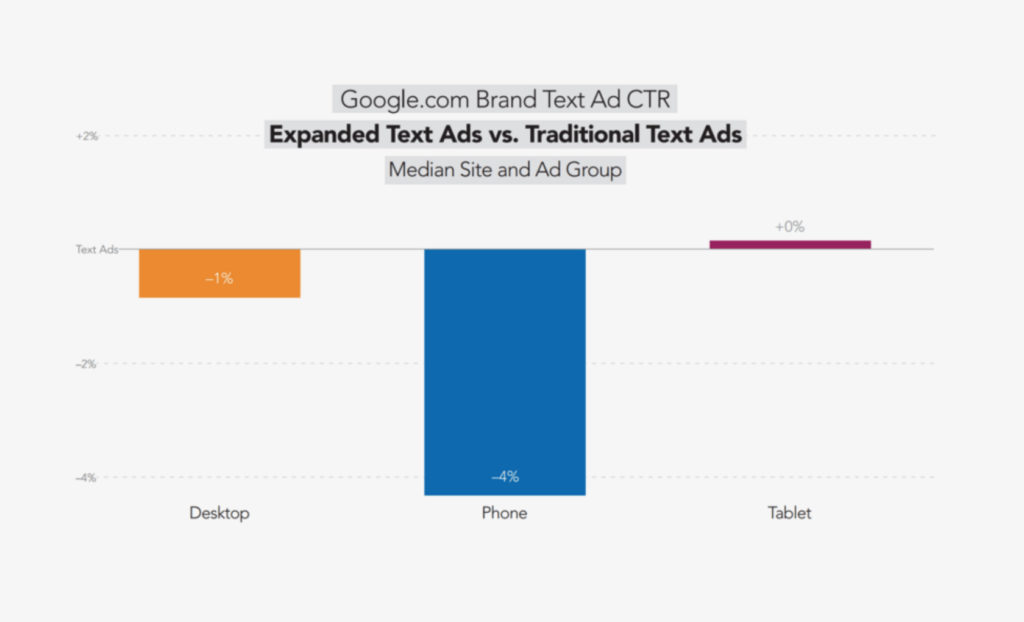
Local search ads (Ad innovations)
With the focus on ‘micro or mobile moments’ (Google defines this as ‘reflexively turning to a device – increasingly a smartphone – to act on a need to learn something, do something, discover something, watch something, or buy something’) advertisers can now reach people right from Google Maps.
Available on both desktop and mobile (albeit with slightly different formatting), ads can appear within the maps’ search results or on the map itself. On mobile, ads can feature Call or Direction buttons making it even easier for businesses to connect with customers. Charged on a CPC basis and managed as an ad extension, the only additional step is to link to the appropriate Google My Business listing.
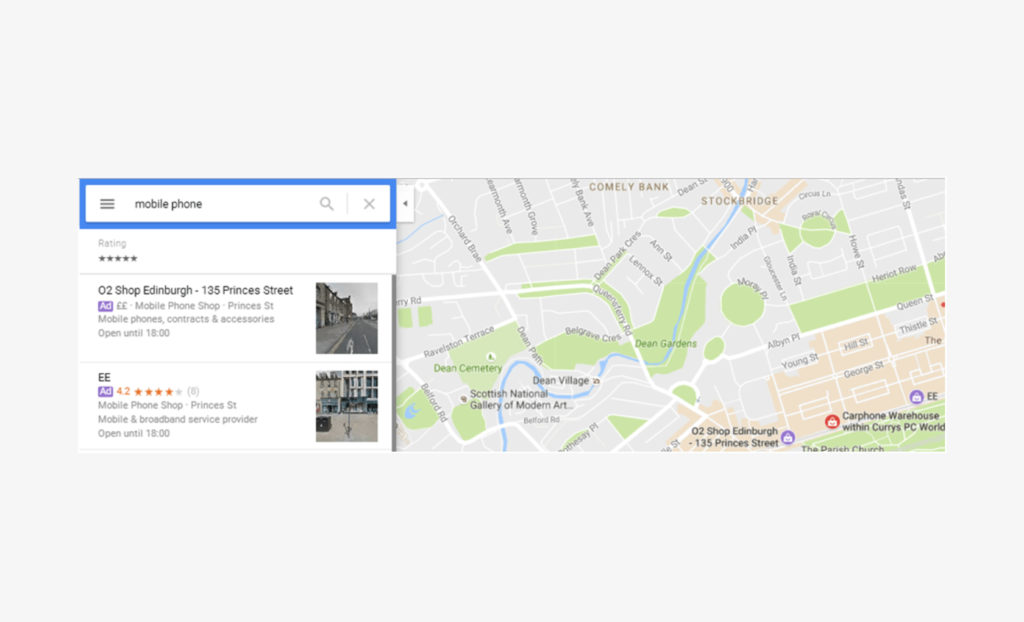
Local Search Ads on Desktop
Custom columns (Account management & reporting)
While AdWords (and Google Analytics) offer a reasonable range of performance metrics or KPIs as standard, businesses often have different ways of calculating ‘macro metrics’ (e.g. ROI) due to data that is not always available to account management teams (e.g. MPU).
Historically this would have involved exporting the data to Excel and manually calculating, but now this can be done directly in the AdWords interface, providing these macro metrics instantly at a very granular level.
For example, if a business wants a clearer understanding of the ROI being delivered by products selling at a particular margin – assuming these products are grouped into specific campaigns (or labelled) – adding a custom column (with user defined variables & calculation) allows advertisers to quickly see this information rather than having to do additional work outside AdWords.
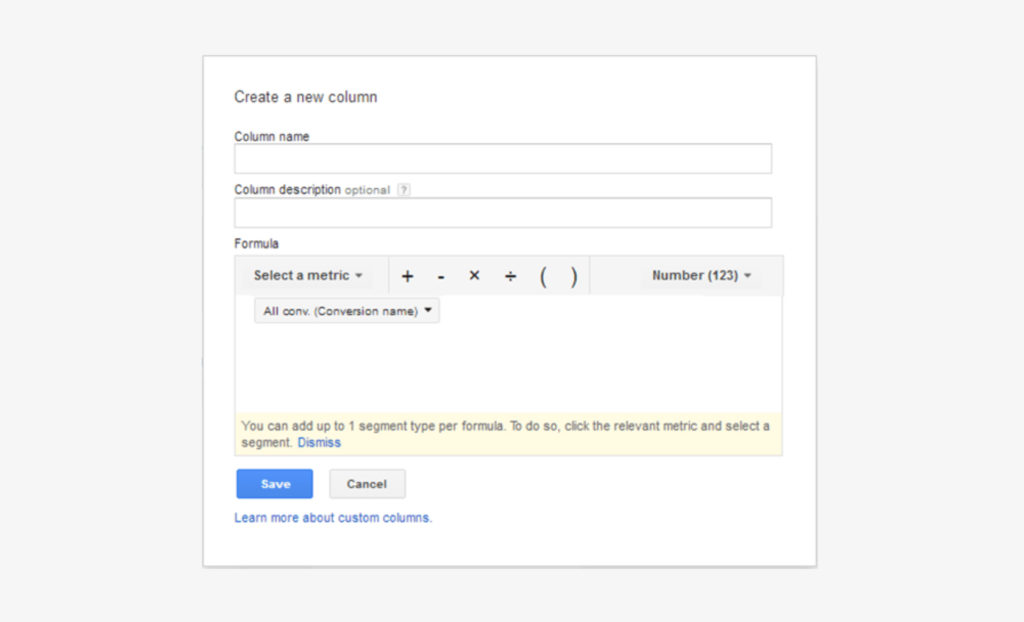
Price extensions (Ad innovations)
While the majority of the news focused on expanded text ads, July also saw the introduction of price extensions for mobile text ads, allowing advertisers to show products or services and how much they cost.
These extensions show as multiple rows, highlighting the product or service with a link (as per sitelink extensions) and the price. Not only does this allow advertisers to showcase individual products but these new extensions will occupy more mobile SERP real estate (already at a premium), effectively pushing competitors ‘off’ the first page.
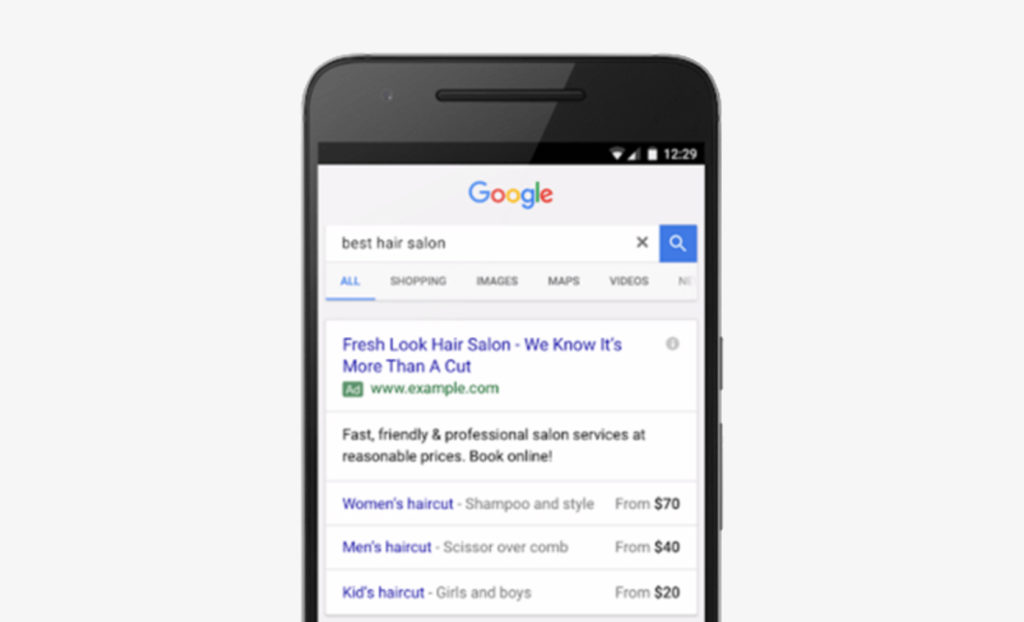
Price Extensions on Mobile
In February Google improved the functionality of the campaigns experiments with the introductions of campaign drafts and experiments. Drafts allow advertisers to prepare multiple changes to a campaign without affecting performance, essentially mirroring an existing campaign. When all the changes have been drafted, advertisers can choose to apply to the original campaign or test using a campaign experiment.
Campaign experiments now allow advertisers to specify how long the experiment should run for and more importantly what portion of the original campaigns traffic (and budget) it should use.
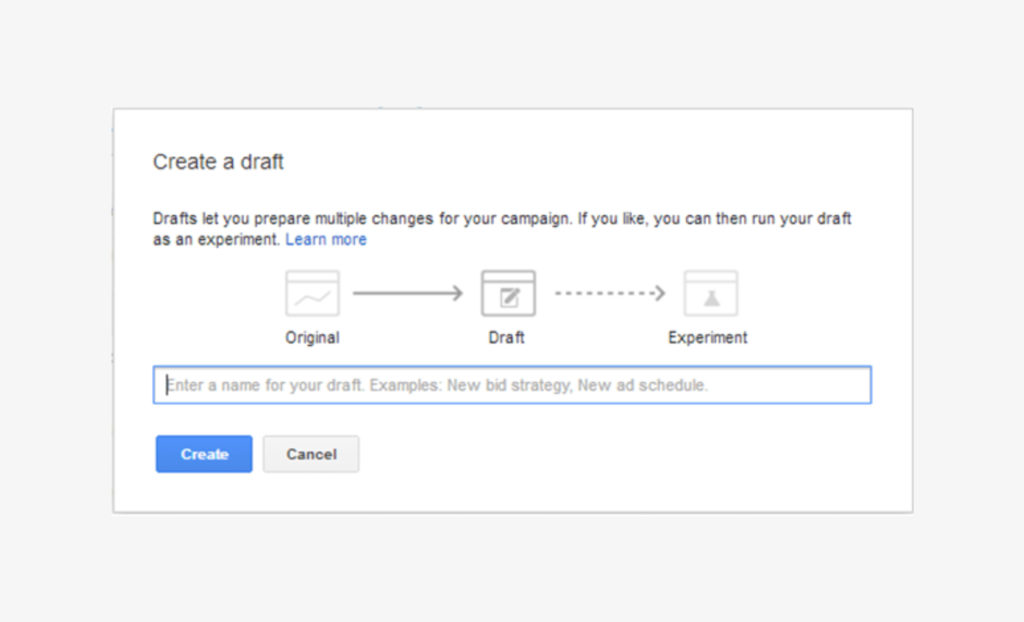
Customer match similar audiences (Enhanced targeting options)
Since March 2015 advertisers have been able to target customers based on email address, known as Customer Match. The limitations of this are clear, as the results are only as good as the size of this list. i.e. while a remarketing audience lists require 1000 members, the more email addresses a business has the more customers it retarget.
With the announcement of these similar audiences for YouTube and Gmail, the two most visited sites online, businesses could now find new customers with similar characteristics and interests as those on their current remarketing audience lists – allowing business to drive new users to their site who are more likely to be interested in the product or service they are offering.
Cross-device retargeting (Enhanced targeting options)
Historically advertisers have not been able to retarget users who originally visited on one device (e.g. mobile) on a second device (e.g. desktop). A Google/Ipso study found that 60% of online conversions (in the US) start on one device and end on another, and now with the introduction of cross device retargeting advertisers can now close that loop.
While not yet widely available, if a user is signed in to the same Google account on multiple devices, advertisers with access can retarget these users regardless of the starting device.
This type of retargeting is currently only across the Google Display Network.
Campaign groups and performance targets (Account management & reporting)
With the introduction of campaign groups and performance targets advertisers can group campaigns across multiple channels (search, display, video & shopping), provide KPI targets e.g. CPC, conversions or CPA, and campaign duration.
From within a single view AdWords will show how the campaign group is performing against those targets and what the likely results will be that for that period.
As with custom columns, this functionality has historically required data to be exported and manipulated in other spreadsheets, and while this method provides the level of detail required for complicated, larger scale accounts, the new campaign groups and performance targets are an excellent way to evaluate whether campaigns are working toward the broader business goals.
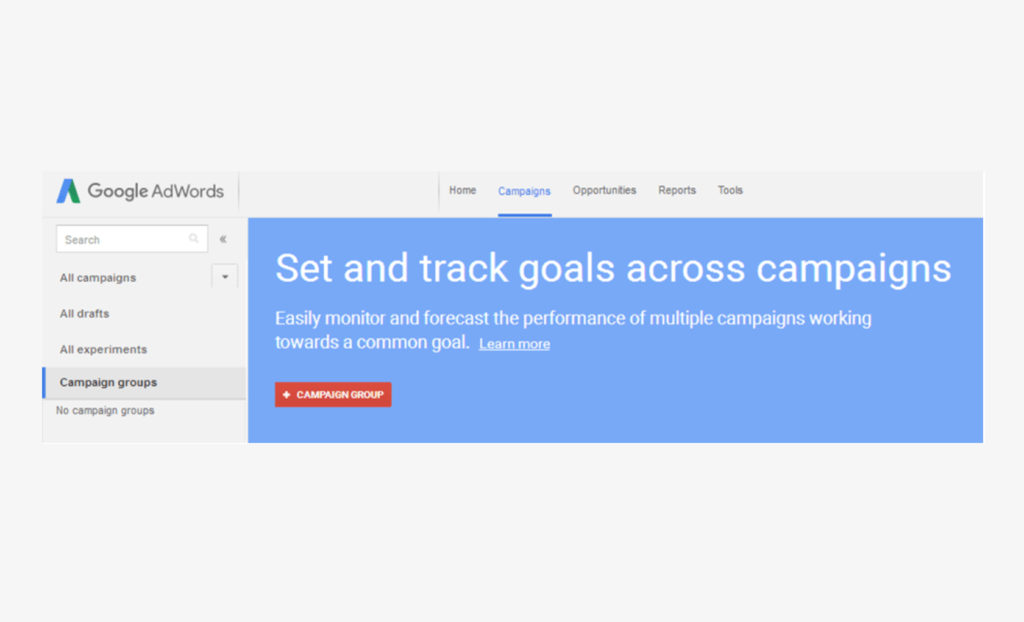
Conclusion
In summary, there have been some significant changes across the SERPs and improvements in how ads are served, allowing advertisers to more effectively target and engage with customers. Ensuring that new ad innovations are implemented with their performance measured should ensure that advertisers are in the best possible position to take advantage of the increased traffic around the busy season.
Own your marketing data & simplify your tech stack.
Have you read?
I have worked in SEO for 12+ years and I’ve seen the landscape shift a dozen times over. But the rollout of generative search engines (GSEs) feels like the biggest...
As you will have likely seen, last week Google released the March 2024 Core Algorithm Update. With it, comes a host of changes aiming to improve the quality of ranking...
After a year of seemingly constant Google core updates and the increasingly widespread usage of AI, the SEO landscape is changing more quickly than ever. With this rapid pace of...


